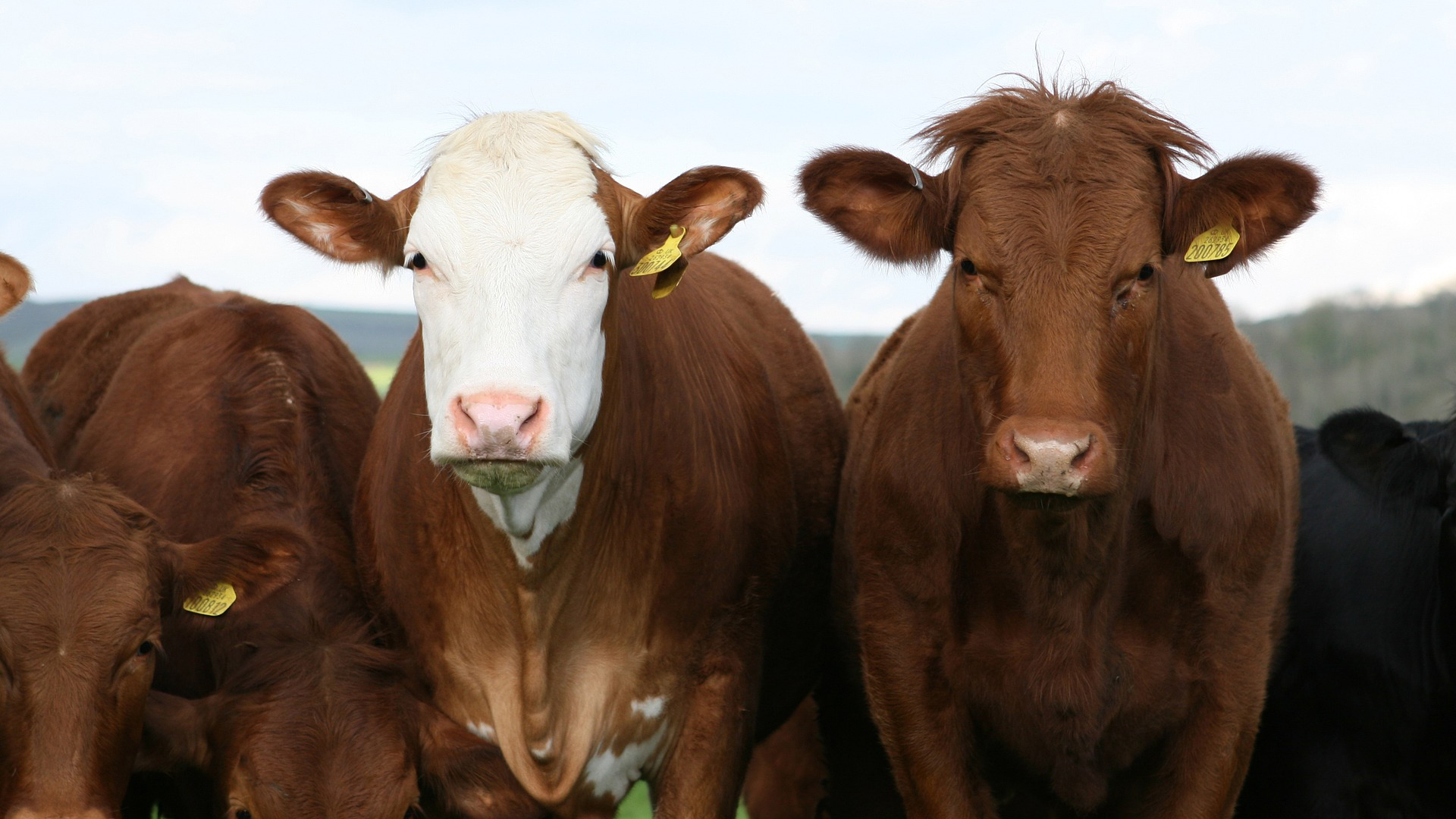Post-Soviet food system changes led to greenhouse gas reductions
21 Jun 2019 by Simon Davies A drop in beef consumption had a knock-on effect on the agricultural sector the former Soviet Union.
A drop in beef consumption had a knock-on effect on the agricultural sector the former Soviet Union.
Changes in agriculture, trade, food production and consumption after the collapse of the Soviet Union led to a large reduction in greenhouse gas emissions, a new study has found.
From 1991 to 2011, there was a net emissions reduction of 7.61 gigatons (Gt) of carbon dioxide equivalents – the same as one quarter of the CO2 emissions from deforestation in Latin America in the same period.
However, the team behind the research cautioned that ongoing changes in food systems in former Soviet Union countries suggest the reduced emissions will ultimately rebound.
They published their results today in Environmental Research Letters.
Dr Florian Schierhorn, from the Leibniz Institute of Agricultural Development in Transition Economies, Germany, is the study’s lead author. He said: “The global food system contributes significantly to greenhouse gas (GHG) emissions, so understanding the source of GHG emissions from the different components of food systems is important. A key aspect of this is assessing how changes in international trade patterns affect regional GHG emission balances.
“When the former Soviet Union collapsed, the transition from a planned to a market economy had drastic consequences for the region’s agricultural sector and food systems. Higher prices and lower purchasing power reduced the consumption of meat, particularly beef.
“This fall in demand, coupled with a reduction in state support for agriculture, led to a halving in pig and cattle numbers. This collapse in the livestock sector led to widespread agricultural abandonment.”
To assess the impact this had on GHG emissions, the researchers used a database of land-use change and the associated changes in soil organic carbon stocks to quantify the emissions from agricultural production, including livestock and the emissions from the trade of agricultural goods.
They then estimated the net cumulative change in GHG emissions of all years from 1991 to 2011, minus the average emissions by the end of the Soviet Union.
Dr Schierhorn said: “The post-Soviet changes in GHG emissions from food production, food trade, and cropland led to a cumulative net reduction of 7.61 Gt CO2e from 1992 to 2011, compared to a scenario where emissions stayed at the late Soviet level.
“The most important reasons for this reduction were the decline in domestic livestock production, and soil organic carbon sequestration on abandoned cropland, particularly in Russia and Kazakhstan.”
However, the researchers noted that the ongoing carbon balance remains unresolved. Their analysis suggests several further developments, including the potential for abandoned cropland to sequester additional significant carbon until mid-century, but with these gains likely being mitigated by an increase in agricultural development.
In addition, importing agricultural commodities such as beef may compromise these gains through embodied carbon emissions.
Dr Schierhorn said: “Once economies in the former Soviet Union had stabilised in the late 1990s, domestic food demand in the region started to rebound. The consumption of beef, for example, increased by 15 per cent between 2000 and 2008.
“However, beef production in the region had stagnated, and shows no signs of recovering. The demand meant it became the second largest importer of beef globally, with 80 per cent coming from South America. This is significant, because South American beef exports embody high GHG emissions, due to deforestation and inefficient production systems.
“This relationship shows how negative emissions due to agricultural land abandonment can be compromised by increasing emissions from rising agricultural imports. This situation is likely similar in many industrialized and emerging regions where agricultural land use has been contracting in the recent past.”